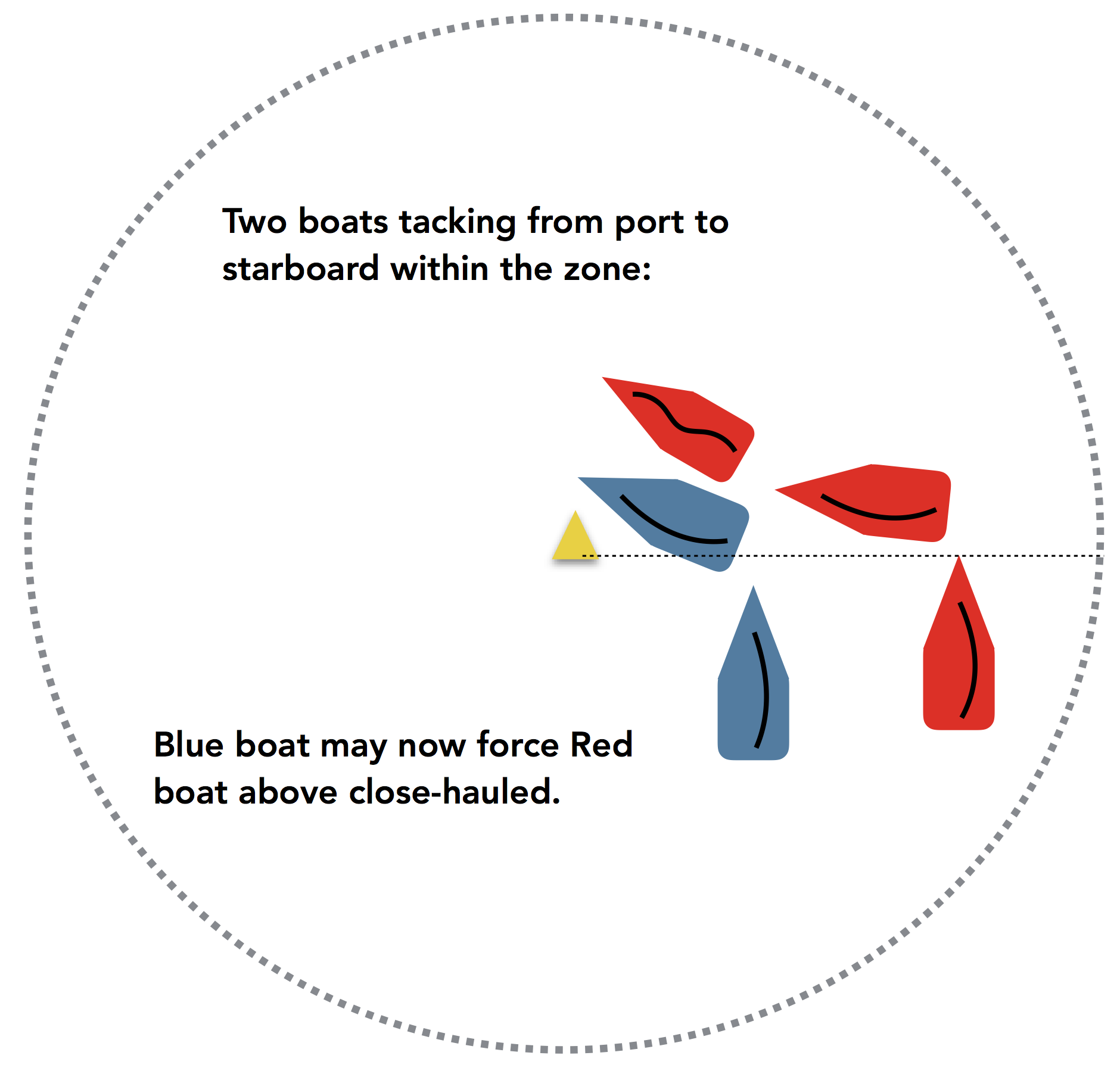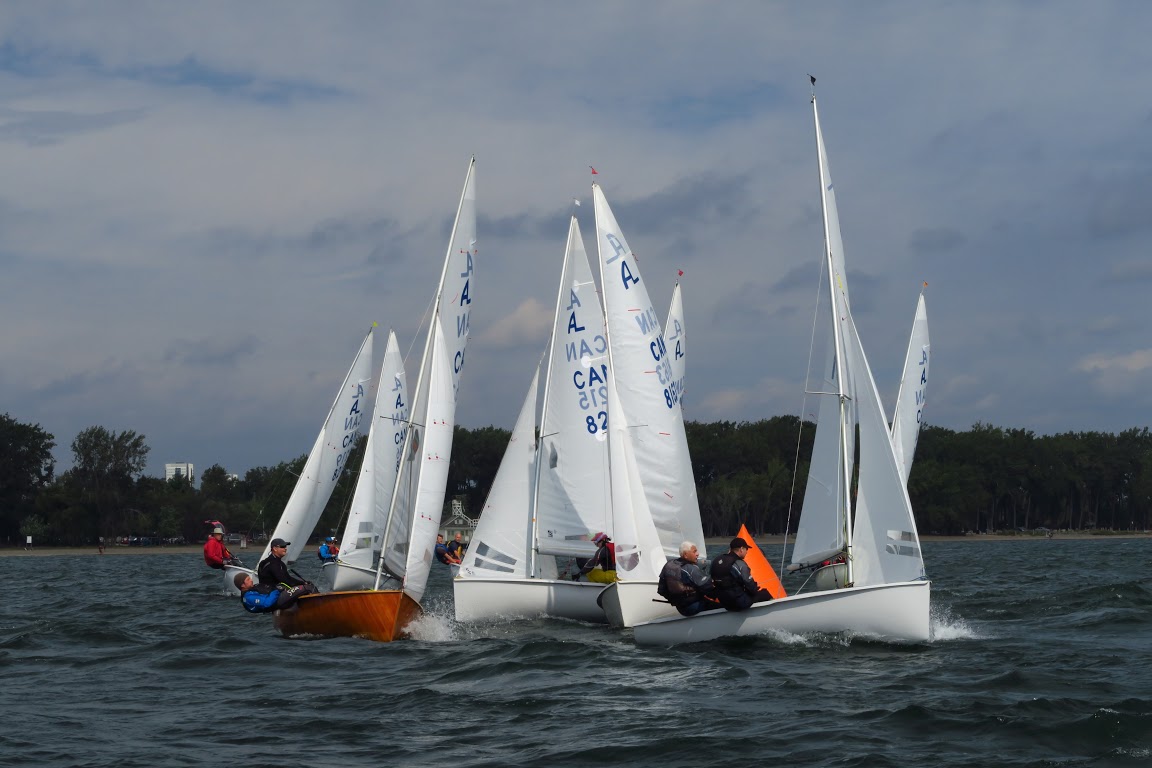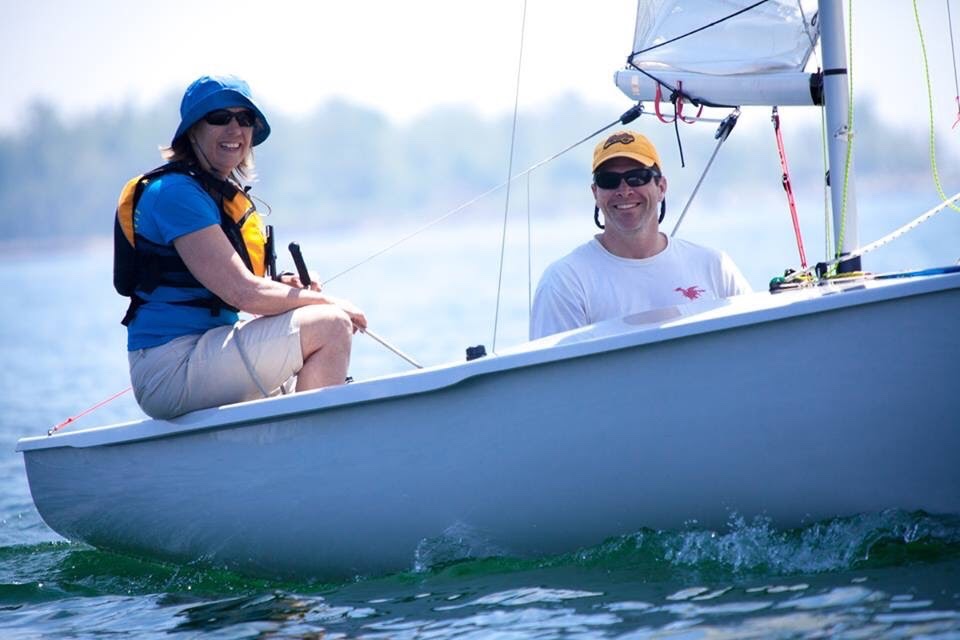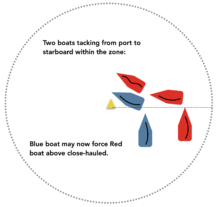Making Sense of the New Rules for 2017-20 by Mary Neumann
Albacore Sailing Info Night @ MEC Toronto – Wednesday, April 19th!
April 14, 20172017 FNR and Harbour Master Sailing Instructions Posted
May 2, 2017
Thank you Mary for investigating this fraught topic in time for the first racing of the season! Don't forget to check out the rules in general before your first race, to remind yourself of the particulars.
As well, consider rereading some interesting past blog posts and the great articles about Shifts (by Liana Giovando) and Tactics (by Paul Clifford) in the last fall's magazine edition.
And please subscribe, if you haven't already!
There are a number of rule changes that take effect this racing season in the 2017 to 2020 edition of The Racing Rules of Sailing (RRS). You can find the rules posted on the Sail Canada website here. The rule changes are generally subtle and are largely intended to ensure that the existing rules work as intended to promote fair sailing and prevent collisions. If you paid no attention, at all, to the rule changes and knew the old rules, you likely would not even notice that there had been a change.
Below is a description of the three changes from the 2016 rules that are most likely to affect you as a dinghy sailor on the water. There are also some changes to protest conduct and the awarding of penalties that could affect you. For those who wish to be thorough, I recommend reading the Dave Perry synopsis of all the significant rule changes in Scuttlebutt Sailing News found here.
1) U Flag
Rule 30.3 (U Flag Rule) has been moved into the main rules section from an appendix. Race committees are using the U-Flag more when they might have used the Black Flag. The U flag is an option that race committees for Albacore races are likely to use and you should know what it looks like and how it works.
The U-Flag is illustrated below:

The wording in the new rule is clear:
“ If flag U has been displayed, no part of a boat’s hull, crew orequipment shall be in the triangle formed by the ends of the starting line and the first mark during the last minute before her starting signal. If a boat breaks this rule and is identified, she shall be disqualified without a hearing, but not if the race is restarted or resailed.”
The bolded section is the difference between the Black Flag and the U Flag. If the Black Flag is flown, then a boat over the line in the minute before the gun is disqualified from both that start and any subsequent starts of the same race.
2) Rounding the Windward Mark
The change to Rule 18.3 is important if you engage in match racing, or for some other reason, compete in races that leave the marks to starboard. The only other situation in which it may have an impact is if two boats are on port coming to a windward mark that they will leave to port and both tack within the zone. In most situations there is no practical change to the rules for windward mark roundings.
Rule 18.3 (Tacking in the Zone) now reads as follows:
"If a boat in the zone of a mark to be left to port passes head to wind from port to starboard tack and is then fetching the mark, she shall not cause a boat that has been on starboard tack since entering the zone to sail above close-hauled to avoid contact and she shall give mark-room if that boat becomes overlapped inside her. When this rule applies between boats, rule 18.2 does not apply between them."
There are two significant changes:
First, Rule 18.3 now only applies to where bouys are left to port at the windward mark (the mark roundings we almost always employ when racing Albacores). It used to apply at both port and starboard windward mark roundings.
Second, Rule 18.3 now only applies between a boat that tacks from port to starboard within the zone (three boat lengths normally) which is fetching the mark and a boat that was already on starboard when it reached the zone. It no longer applies between two boats each of which tacked from port to starboard within the zone.
According to Dave Perry, “When the windward mark is to be left to starboard (such as in team racing), there is no special rule about tacking in the zone, such that if a boat tacks onto port tack in the zone, a boat clear astern is only entitled to mark-room if, when she establishes an inside overlap, the outside boat is able to give her mark-room (see rules 18.2(a) and 18.2(f)).”
The same less onerous requirements to provide mark room would also apply between two boats each of which have tacked from port to starboard within the zone at a port mark rounding.
 It would also appear that at a windward rounding with bouys to port, a boat, having tacked from port within the zone, may force another boat above close hauled to avoid her if that second boat has also tacked from port within the zone.
It would also appear that at a windward rounding with bouys to port, a boat, having tacked from port within the zone, may force another boat above close hauled to avoid her if that second boat has also tacked from port within the zone.
I have found very little commentary on what the implication of the rule change is in this situation where two boats have both tacked from port, within the zone of a windward mark to be left to port, to confirm what I have written here. The one commentary I did find said that it would require an article of its own which does not appear to have been written yet.
The new version of 18.3, at windward mark roundings where the bouy is left to port, still requires a boat that tacks from port to starboard in the zone to give a boat that has been on starboard since entering the zone a) room at the mark without qualification in inside overlap situations (ie it doesn’t matter if the boat that tacked from port can’t give room because another boat is in the way) and b) the port boat may not force the starboard boat above close hauled to avoid it. These are onerous conditions and mean that tacking from port to starboard within the zone in an ordinary rounding with bouys left to port will continue to see many boats disqualified.

2) Backing the Sail to Move Sideways (Crabbing)
This rule change is significant if you sail Lasers and some other dinghies, but less so for Albacore sailors.
Rule 22.3 (Starting Errors; Taking Penalties; Backing a Sail) has been changed so that a boat that is backing its sail to move sideways is required to keep clear of boats to windward. Backing your sail to move sideways is called crabbing and with skill can be used in dinghies, and particularly Lasers, to create a hole to leeward to bear down into and gain speed at the start. In order to prevent ugly messes at the start, the crabbing boat, not the windward boat, must keep clear.

Mary with Bill Clark 2016
